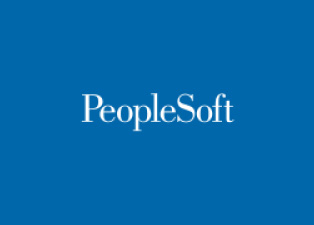Data Modeling Online Training
Data Modeling Online Training

Data Modeling Online Training Course Content :
Introduction to Logical Data Modeling
- Definitions
- Benefits of logical data modeling
- Data modeling vs. physical database design
- Roles involved in data modeling
- Steps in the data modeling process
- Example data model
Entities
- Identifying entities
- Validating entities
- Documenting “instances” of entities
- Distinguishing entities from attributes
- Naming entities
- Starting an Entity/ Relationship (E/R) diagram
- Workshop
Relationships
- Identifying significant relationships
- Determining the “cardinality” or “degree” of a relationship
- One-to-One
- One-to-Many
- Many-to-Many
- Determining whether a relationship is optional or mandatory
- Giving a relationship a name
- Documenting the relationships in the E/R diagram
- Walking people through an E/R diagram
- Workshop
- Resolving Many-to-Many Relationships
- Real-world examples of many-to-many relationships
- Why many-to-many relationships are broken down into simpler relationships
- Identifying “association” or “intersection” entities
- Documenting the new relationships in the E/R diagram
- Workshop
Attributes and Normalization
- Defining and categorizing attributes
- Domains and integrity rules
- Unique identifiers/ primary keys
- Foreign keys
- Occurrence population
- Normalization: validating the placement of each attribute
- Attribute does not repeat (first normal form)
- Attribute is dependent on its entire UID (second normal form)
- Attribute is dependent only on its UID (third normal form)
- Workshop
Subtypes and Supertypes
- Identifying subtypes: real-world examples of subtypes and supertypes
- Determining when entities are similar
- UIDs
- Attributes
- One-to-one relationships
- Creating subtypes and supertypes
- “Type” entities
- Using subtypes to apply fourth normal form
- Establishing the relationships of the sub- and super-entities to other entities
- Mutually exclusive vs. non-mutually exclusive subtypes
- “Role” entities to handle complex subtypes
- Workshop
Recursive Relationships
- Real-world examples of recursive relationships
- Discovering recursive relationships
- Determining whether the relationships are optional or mandatory
- Documenting the new relationships in the E/R diagram
- Hierarchical vs. Network recursive relationships
- “Structure” or “Bill of Materials” entities: fifth normal form
- Workshop
Appendix: Implementing a Relational Database
- Relational database objects: tables, views, indexes, etc.
- Mapping logical objects to physical objects
- De-normalization
- Why
- How
- Pros/Cons
- Distributing databases
- Referential integrity
Drop your query
Most Popular Courses
Achieve your career goal with industry recognised learning paths
What my Client's Say?
-
It was a great course over my expectations. I am eager to have another course wıth you as soon as possıble ~ R. Kamand
-
All in all, it was a very constructive and one in a lifetime experience. I'm so glad that I was part of it.~ T. Engin
-
It was the best decision I had ever made in my life. Although it was expensive for me, but I don't regret even for one second. ~ Maruti Malla
-
Thank you for this great course. I learned a lot of things, I met very nice people and I am happy that I had these 6 crazy weeks with you.".~ Najmul Shar A Baig
-
Very nice and friendly tutor and staff. The course was very fruitful, particularly the input sessions during the first half of it.~ Radha Nandyala
-
It was such great experience, though it was really intensive, it was worth doing it! Cant thank enough all team effort esp Mohan! .~ Rohan Kumar
-
The course was really good because it was a practical course.~ M.Radha patel
-
I liked this experience. Good tutor and nice mates. I will always remember it. ~ Jitu Bavaria











